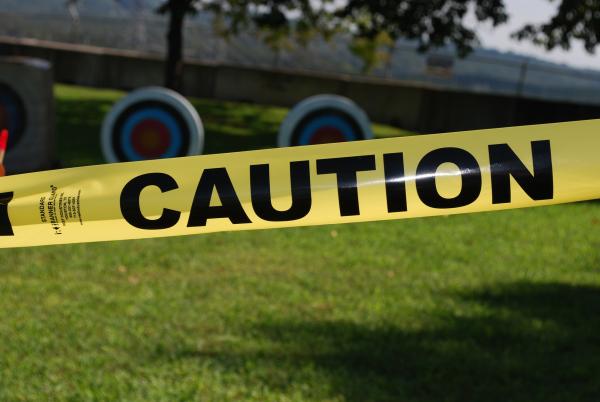The Precautionary Principle
The Precautionary Principle has been adapted by the European Union (EU) and is being used more frequently in the US.
Here is the EU’s definition of the Precautionary Principle, as adapted by the EU:
“If there is the possibility that a given policy or action might cause harm to the public or the environment and if there is still no scientific consensus on the issue, the policy or action in question should not be pursued. Once more scientific information becomes available, the situation should be reviewed. (Article 191 of the Treaty on the Functioning of the European Union (TFEU)” Emphasis added
Simply put: Uncertainty about possible hazards is a strong reason to ban or limit new technology or chemicals.
The Precautionary Principle does not allow for the use of cost-benefit analysis in the process.
- A prime example of the Precautionary Principle's use was when 13 European countries, including Germany, France, Italy, and Spain, suspended their use of the Astra-Zeneca vaccine based on 37 reports of blood clots among the 17 million people vaccinated.
- The countries resumed use of the vaccine three days after the suspension, but the EU countries continue to suffer after this suspension.
The Precautionary Principle favors inaction as a way of reducing risk. But sometimes, inaction can present more risk than action.
This article presented two case studies showing how the use of the Precautionary Principle can not only be harmful but deadly:
|
Fukushima nuclear accident |
Golden Rice (a form of rice genetically engineered to contain beta-carotene, which helps combat Vitamin A deficiency) |
|
Action taken: Government ended nuclear power production in Japan |
Action taken: Anti-GMO resistance by activists and governments |
|
Result: Immediate increase in the price of electricity |
Result: Development held up for 20 years |
|
Deaths: 1280 cold-related deaths (2011-2014) due to electricity’s price increase |
Deaths: Blindness and deaths in an estimated 1 million women and children a year in undeveloped countries |
|
Deaths due to nuclear accident: zero |
Deaths due to GMO foods: zero |
US Regulatory Framework
The US has not adopted the use of the Precautionary Principle for setting regulations. Instead, a variety of laws and executive orders dictate how environmental and other regulations are set, including the:
- President Clinton’s Executive Order 12866: Requires agencies to submit detailed information on anticipated costs and benefits for Office of Management and Budget (OMB) review before they take any “significant regulatory action” (defined as an action that may have an annual effect on the economy of $100 million or more).
- Unfunded Mandates Reform Act: Requires agencies to prepare “a qualitative and quantitative assessment of the anticipated costs and benefits of any proposed rule.”
Thus, the US is mandated to use a cost-benefit approach when setting environmental and other regulations. However, these rules apply only to federal regulations and do not apply to the federal government's guidelines or regulations set by the States or localities.
Summary
The CDC’s actions regarding the Johnson & Johnson vaccine follow the Precautionary Principle in every way. There were adverse events (blood clots) that are unexplained, so the action (giving vaccines) must be paused until a firm explanation can be found. There is no room in the Precautionary Principle for a cost-benefit analysis. While there appears to be adequate supplies of the Pfizer and Moderna vaccine to substitute for those already in line for the J&J stab, there is no way to estimate how many lives will be lost due to increased vaccine hesitancy resulting from this action. The Precautionary Principle calls for a narrow focus on the issue at hand, without any risk analysis of the larger issues at play.
“The problem with the precautionary principle is that uncertainty about the future and risks always exists. Worse yet, defaulting to a super-safe mode results in a great deal of forgone experimentation with potentially new and better ways of doing things.” How Many Lives Are Lost Due to the Precautionary Principle?
The Precautionary Principle sounds good in theory but can have disastrous consequences when implemented. We live in a time when everything has become so political that common sense has left the room.
Even if the vaccine pause is temporary, the damage done is far from temporary. The CDC will likely change the eligibility for certain groups to receive the vaccine and then restart its use, but there will be millions of people who now feel they have a good excuse not to get the vaccine. This will result in a great loss to society, the economy, and particularly to families who will lose loved ones from needless COVID-19 deaths.
Source: The Legacy of the Precautionary Principle in US Law.




